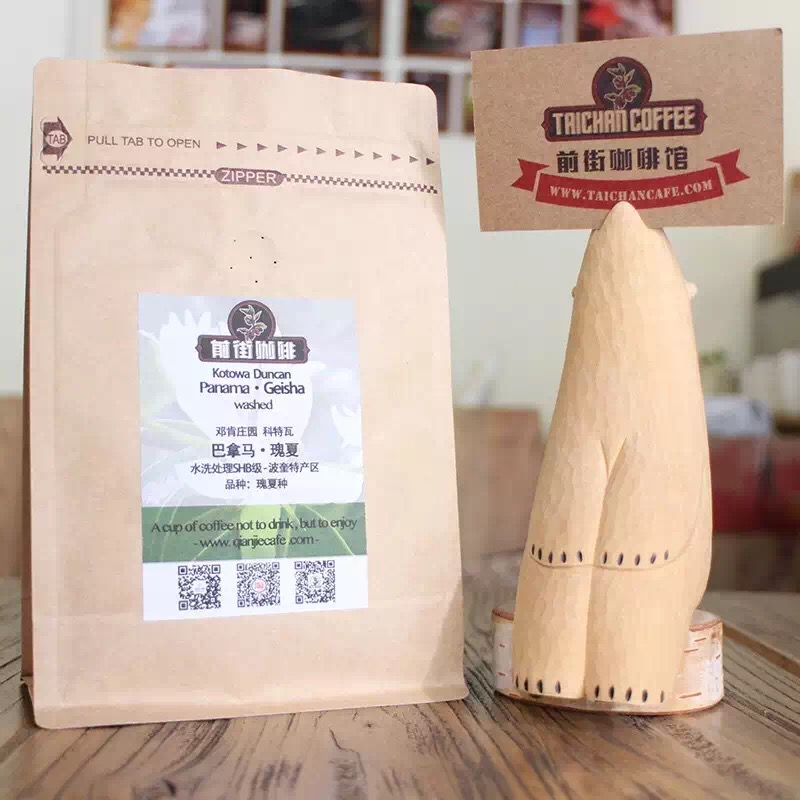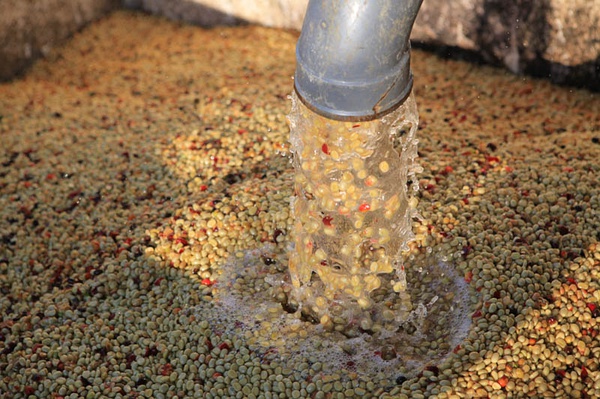Better retain the flavor of coffee and teach you the skills of packaging coffee.
The packaging characteristics of coffee and tea also have many similarities, such as preventing aroma from escaping, preventing moisture absorption and so on. The refreshing and stimulating nature of coffee has made it one of the most popular pastimes in the world.
Packaging requirements for coffee
Coffee is divided into ordinary coffee (ground, roasted) and instant coffee made of spray, freeze-drying and so on. When packing ordinary coffee, we should pay attention to the following points.
The oil and aromatic components in antioxidant coffee are easy to oxidize when exposed to oxygen.
Moistureproof coffee will speed up the speed of dampness after it is exposed to moisture.
Gas-blocking ordinary coffee is prone to the loss of volatile aroma components, and is easily affected by peculiar smell. Therefore, when packaging ordinary coffee, we must avoid escaping aromatic gases from the packaging and absorbing odors from the outside world. Packaging materials must have a certain degree of gas barrier performance.
In the case of high temperature, it will accelerate the biochemical reaction and volatilization rate of coffee.
Instant coffee should also pay attention to moistureproof and anti-oxidation.
Packaging Technology of Coffee
At present, almost all ordinary coffee use air-tight vacuum packaging technology or inflatable packaging technology.
The vacuum packaging technology is to vacuum and seal the coffee after bagging, while the inflatable packaging technology is to vacuum and fill with other inert gases before sealing. The inflatable packaging of coffee is often filled with nitrogen or carbon dioxide. Both packaging technologies are aimed at removing oxygen. Therefore, the packaging materials must have a certain degree of air tightness and heat sealing performance. Vacuum and inflatable packaging technology can effectively prevent coffee from oxidation and moisture, and the fragrance preservation effect is better.
Selection of coffee packaging materials
The packaging materials of bagged coffee are mainly paper / cellophane and paper / hydrochloric acid rubber film, this structural material is mainly to isolate oxygen and prevent coffee oxidation, there are also polyester / aluminum foil / polyethylene, polyester / polyvinylidene chloride / polyethylene, polypropylene / polyvinylidene chloride / polyethylene and nylon / polyvinylidene chloride / polyethylene and so on. These materials are not only suitable for vacuum packaging, but also suitable for inflatable packaging. Polyester / aluminum foil / polyethylene composite material is used in the bag, and the inner polyethylene is heat-sealed, so high-density polyethylene should be used. Low-density polyethylene should not be used. Although low-density polyethylene has good heat-sealing performance, it will react with coffee oil and cause coffee deterioration.
Metal cans and glass cans are usually packed with vinyl plastic lids, which are easy to cover tightly after opening to prevent coffee from getting damp and losing its fragrance.
Instant coffee generally uses paper / aluminum foil / polyethylene packaging materials for soft packaging, which can achieve the effect of moisture-proof and oxygen insulation.
The packaging form of coffee
Ordinary coffee is usually bagged and canned, and bagged coffee usually uses vacuum and inflatable packaging technology. In addition, the sales packaging of some coffee is packed in inner packaging and bagged, and the outer packaging is packed in boxes. A boxed outer package can contain several to dozens of bags of coffee, the outer packaging is usually a carton structure, this structure packaging is easy to print, can protect the inner bagged coffee, and is easy to stack and display. Canned coffee is usually in the form of metal and glass cans, with a polyethylene plastic lid, and instant coffee is usually packaged in bags.

Source: coffee lecturer's blog
Important Notice :
前街咖啡 FrontStreet Coffee has moved to new addredd:
FrontStreet Coffee Address: 315,Donghua East Road,GuangZhou
Tel:020 38364473
- Prev

What a good barista must have: how to taste a cup of coffee
There are six steps in coffee cup evaluation, describing the aroma, aroma, taste, smell, aftertaste and mellowness of coffee. 1. Fragrance: the first step in cup evaluation is to evaluate the aroma of coffee beans. Grind 10 grams of coffee, put it in 3-5 sample cups, and then breathe hard at the gas released by the freshly crushed coffee cells. The characteristics of the aroma indicate the essence of the taste of coffee beans:
- Next

The treatment method of raw coffee bean; the detailed introduction of washing method.
When the coffee fruit is harvested from the mountain, the next step is to remove the peel and pulp of the coffee beans. There are two main ways of treatment: washing and solarization. But the ultimate determining factor is whether there is enough water to use. Some special boutique coffees are both insolated and washed. Washing requires the use of special machinery and equipment and adequate water sources.
Related
- What is the meaning of lactic acid fermentation with coffee bean treatment?
- How to judge the state of foam by sound?
- How does the latte pull out the unicorn pattern? Come to get for a little trick to improve the flower pull!
- Will flower pulling affect the taste of the latte?
- Do you know the history of coffee?
- The difference between honey treatment and sun washing what is raisin honey treatment?
- What kind of milk can a novice use to make coffee foam to keep the foam longer? The correct method and skills of milking tutorial sharing
- Why do washed coffee beans taste sour? Flavor characteristics of washed Coffee
- Introduction to the skill of how to practice the size and height of water injection around the circle of hand-brewed coffee
- How do beginners practice coffee flower drawing from scratch?

